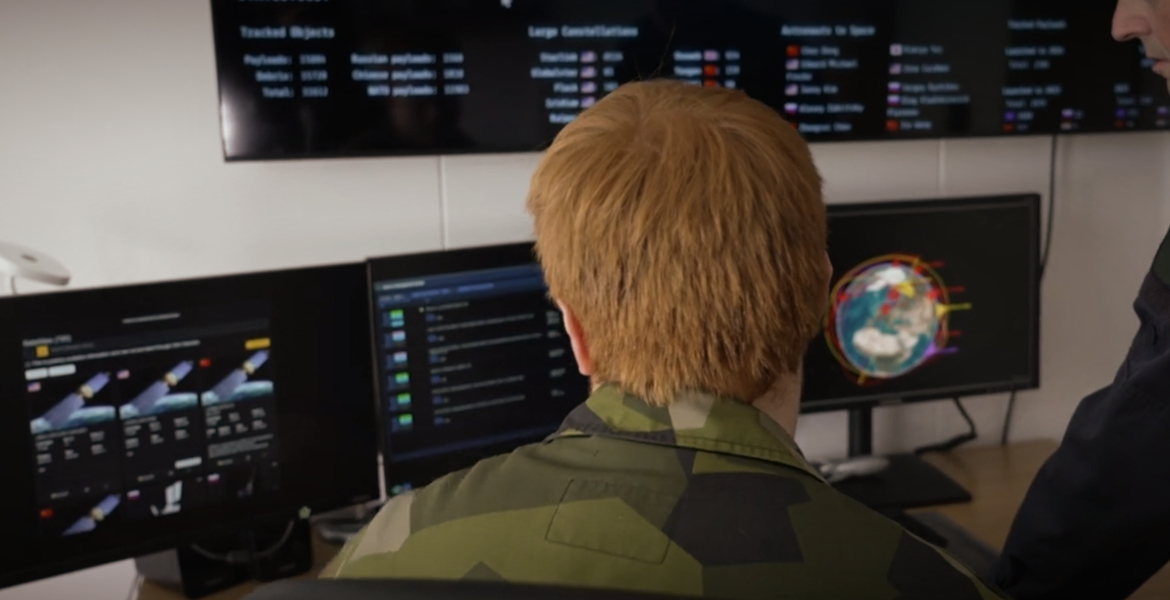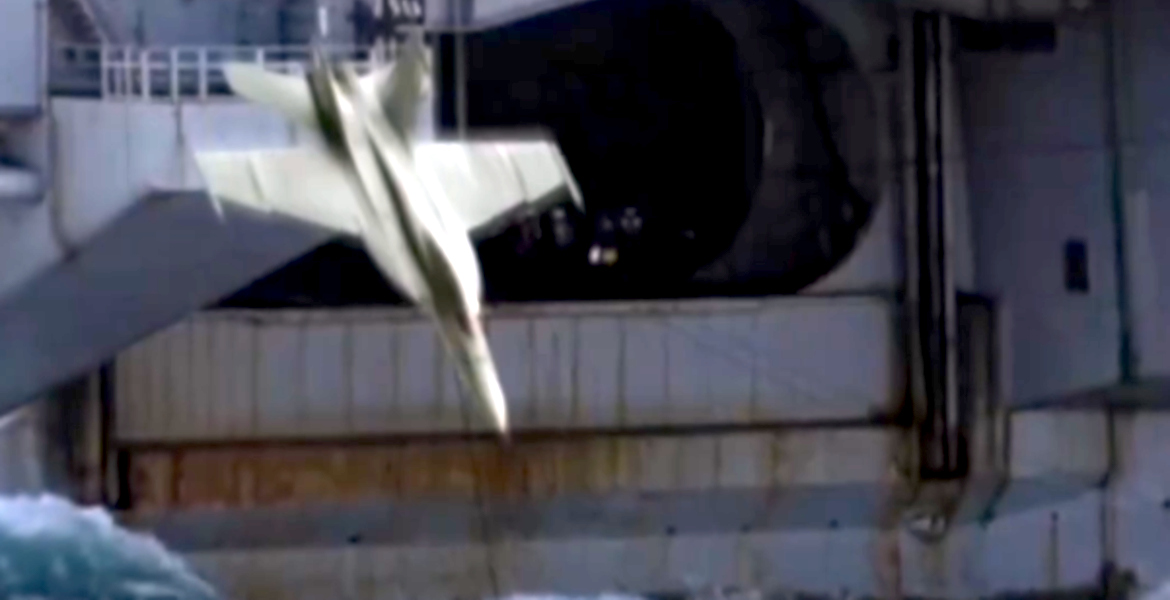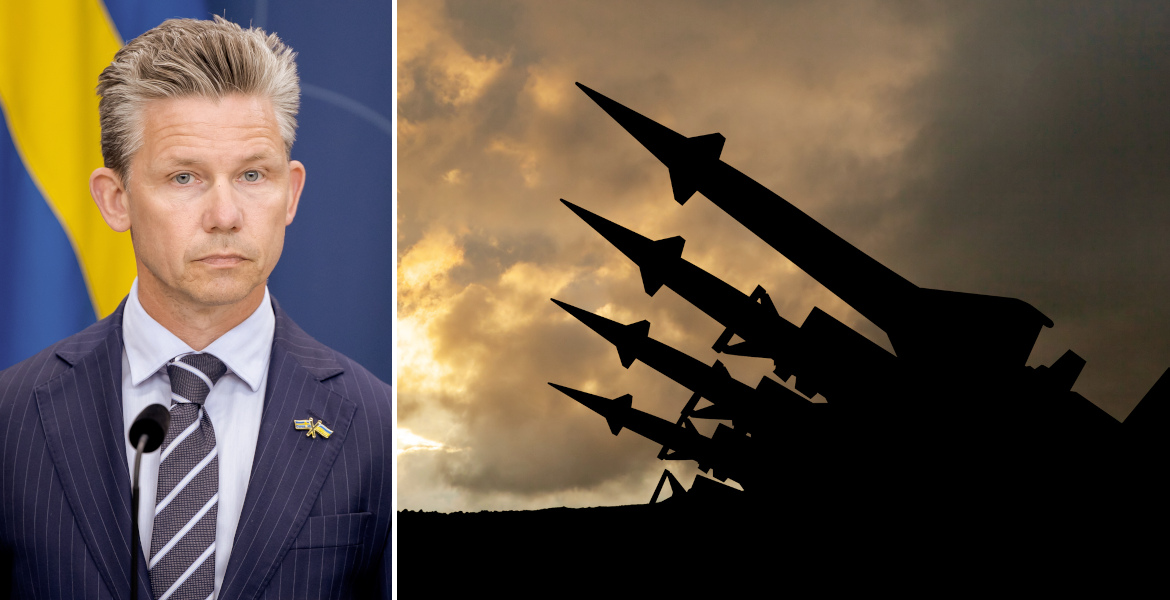The Swedish Armed Forces is accelerating the development of a Swedish space defense capability and plans to launch its own operational satellites earlier than previously planned.
The initiative, which aims to enhance surveillance and reconnaissance capabilities amid escalating conflicts and a deteriorating security situation, involves an expedited procurement process where the Swedish Defence Materiel Administration (FMV) has been tasked with speeding up the process.
The conflict with Russia and "the deteriorating security situation" have prompted the Swedish Armed Forces to accelerate work on a national space defense capability. The goal of having its own military satellites was originally set for 2030, but FMV has now been tasked with implementing an expedited procurement so that the satellites will become operational earlier. The defense forces currently do not wish to specify an exact year or how many satellites will be included in the system.
— We need to see further, says Anders Sundeman, new head of the Swedish Armed Forces' space operations, to state television SVT.
The satellites will primarily be used for reconnaissance and surveillance and aim to provide an improved situational picture, including over the Baltic Sea region. Weaponization of the satellites is reportedly not currently under consideration.
"Weapons reach further"
The Swedish Armed Forces cites two main reasons for the increased pace: the deteriorating security situation and the development of weapon systems with longer range. The ability to detect and follow developments at greater distances has therefore become increasingly important, while space technology has become cheaper and more accessible.
— Distances have increased so much nowadays, weapons reach further. Therefore, we need to have a good understanding of how developments are unfolding at considerably greater distances, says Anders Sundeman.
In the long term, launches are intended to be possible from Esrange in northern Sweden, but the first operational satellite is likely to be launched from foreign soil. The defense forces already have two training satellites in orbit: Gna-3, which was launched last year, and the Swedish-Danish satellite Bifrost, which followed earlier this year.
Space as a domain of conflict
Today, around fifteen people work with space defense within the Swedish Armed Forces, and within five years the staff is expected to double. In the monitoring room that handles the space situational picture, other countries' satellites are tracked, passages over Sweden are noted, and suspicious movements are analyzed.
Sweden is one of several countries now building up space defense capabilities. The US-led military alliance NATO has also highlighted space as a possible future domain of conflict.
— With increased interest, increased activity and increased dependence, potential conflicts, or space as a potential domain of conflict, will increase, says Anders Sundeman.






